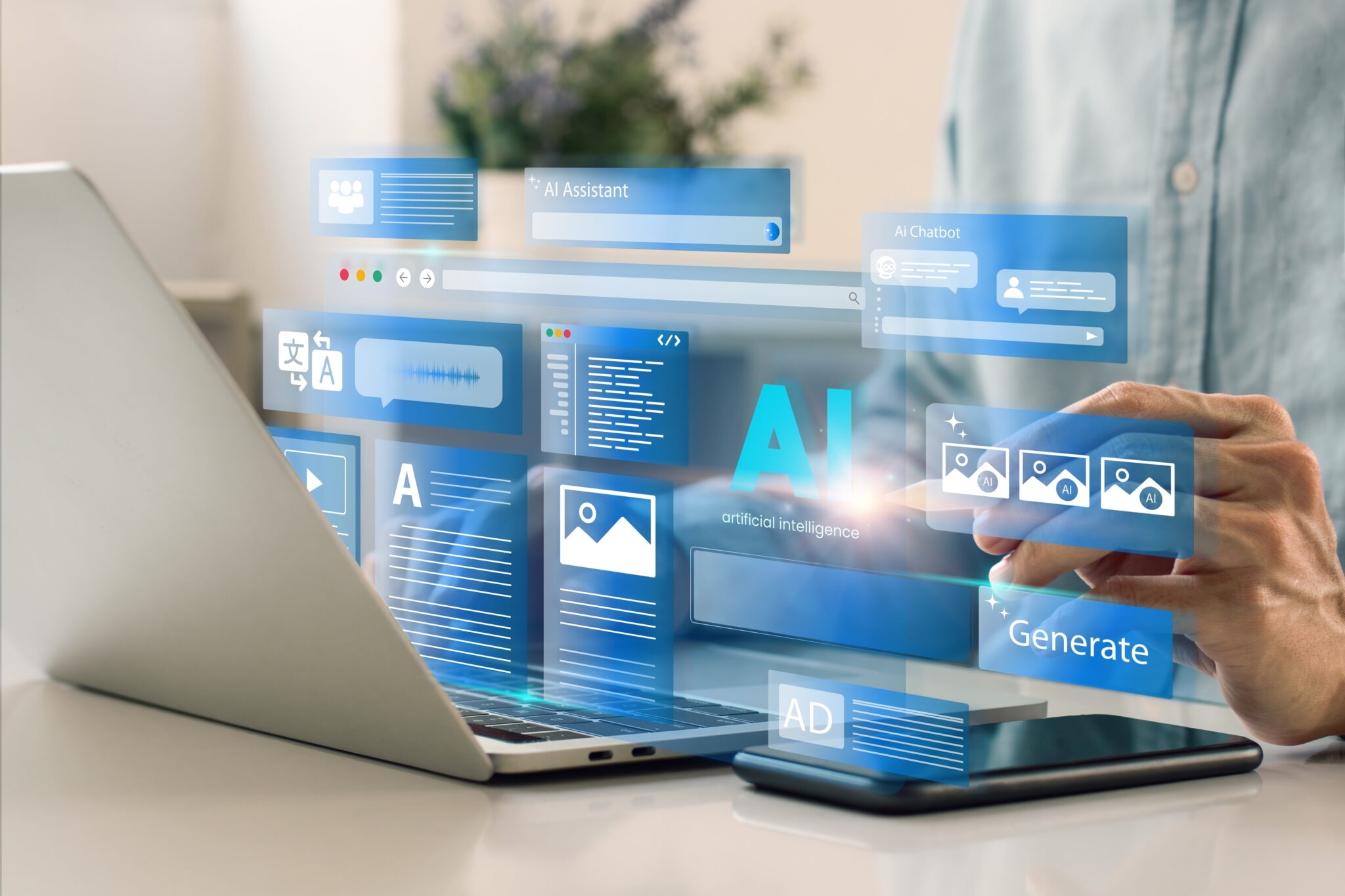Artificial intelligence (AI) and machine learning (ML) are two terms that are often used interchangeably, but they are not the same thing. While machine learning is a subset of AI, there are key differences between the two that are important to understand.
What is Artificial Intelligence?
Artificial intelligence is a broad field that encompasses the development of intelligent machines that can perform tasks that typically require human intelligence. AI systems can be designed to engage in problem-solving, decision-making, and even creative pursuits. The goal of AI is to create machines that can think and act like humans or even surpass human capabilities in certain domains.
There are several approaches to AI, including:
- Rule-based systems: These systems rely on predefined rules and logic to make decisions and solve problems. For example, a rule-based system for customer service might have a set of predefined responses based on keywords in a customer’s inquiry. Siri and Alexa are examples of rule-based AI systems.
- Expert systems: These are AI systems that emulate the decision-making ability of a human expert in a specific domain. An example of an expert system is a medical diagnosis tool that uses a knowledge base of symptoms and conditions to suggest possible diagnoses based on patient data.
- Neural networks: These systems are modeled after the structure and function of the human brain, enabling them to learn from data and improve their performance over time. With training, neural networks can organize large sets of raw data to optimize a predicted output. For instance, a deep learning model can be trained on a large dataset of labeled images to accurately classify new images into categories such as cats, dogs, or birds.
- Generative AI: This recent trend involves using deep learning techniques to create new content, such as images, music, and text. Examples include DALLE-3, Llama3, and ChatGPT.
What is Machine Learning?
Machine learning is a subset of AI that focuses on the development of algorithms and statistical or probabilistic models that enable computers to learn and improve their performance on a specific task without being explicitly programmed.
There are three main types of machine learning:
- Supervised learning: In this approach, the ML system is trained on labeled data, where both the input and the desired output are provided. The system learns to map inputs to outputs based on the examples it has seen.
- Unsupervised learning: Here, the ML system is trained on unlabeled data, and it must discover hidden patterns or structures in the data on its own.
- Reinforcement learning: In this approach, the ML system learns through interaction with its environment, receiving rewards or penalties for its actions, and learning to maximize its rewards over time.
Key Differences Between AI and ML
- Scope: AI is a broader field that encompasses machine learning and other approaches to creating intelligent systems. ML is a specific subset of AI that focuses on enabling machines to learn from data.
- Approach: AI systems can be based on rules, logic, or learning from data, while ML systems are exclusively based on learning from data.
- Applications: AI has a wide range of applications, from robotics and natural language processing to expert systems and creative pursuits. ML is primarily used for tasks such as prediction, classification, and clustering.
Impact on Industries
AI and ML have already made significant impacts on various industries, with specific applications of each technology:
- Healthcare:
- AI: Diagnostic support systems that assist physicians in making accurate diagnoses based on patient data and medical knowledge.
- ML: Predictive models for disease risk assessment and drug discovery based on large datasets.
- Finance:
- AI: Intelligent chatbots that provide personalized financial advice and customer support.
- ML: Fraud detection systems that learn to identify suspicious transactions based on historical data.
- Transportation:
- AI: Self-driving cars that utilize a combination of rule-based systems, computer vision, and decision-making algorithms.
- ML: Traffic prediction models that learn from historical traffic patterns to optimize route planning and reduce congestion.
- Manufacturing:
- AI: Robotic systems that can autonomously perform complex assembly tasks and adapt to changes in the production environment.
- ML: Predictive maintenance models that learn to identify potential equipment failures before they occur, based on sensor data and historical maintenance records.
Understanding the differences between AI and machine learning is crucial for professionals, academics, and executives who are interested in harnessing the power of these technologies. While AI is a broad field that encompasses various approaches to creating intelligent systems, machine learning is a specific subset that focuses on enabling machines to learn from data. Both AI and ML have already demonstrated their potential to transform industries and solve complex problems. As these technologies continue to evolve, it is important to stay informed about their distinct characteristics, applications, and potential impact on the world around us.
To learn more about how NJII helps small businesses harness the power of AI to drive innovation, efficiency, and growth, you can visit our AI webpage. Ready to dive in and learn about AI for Content Creation? Check out this workshop coming on August 27th!
